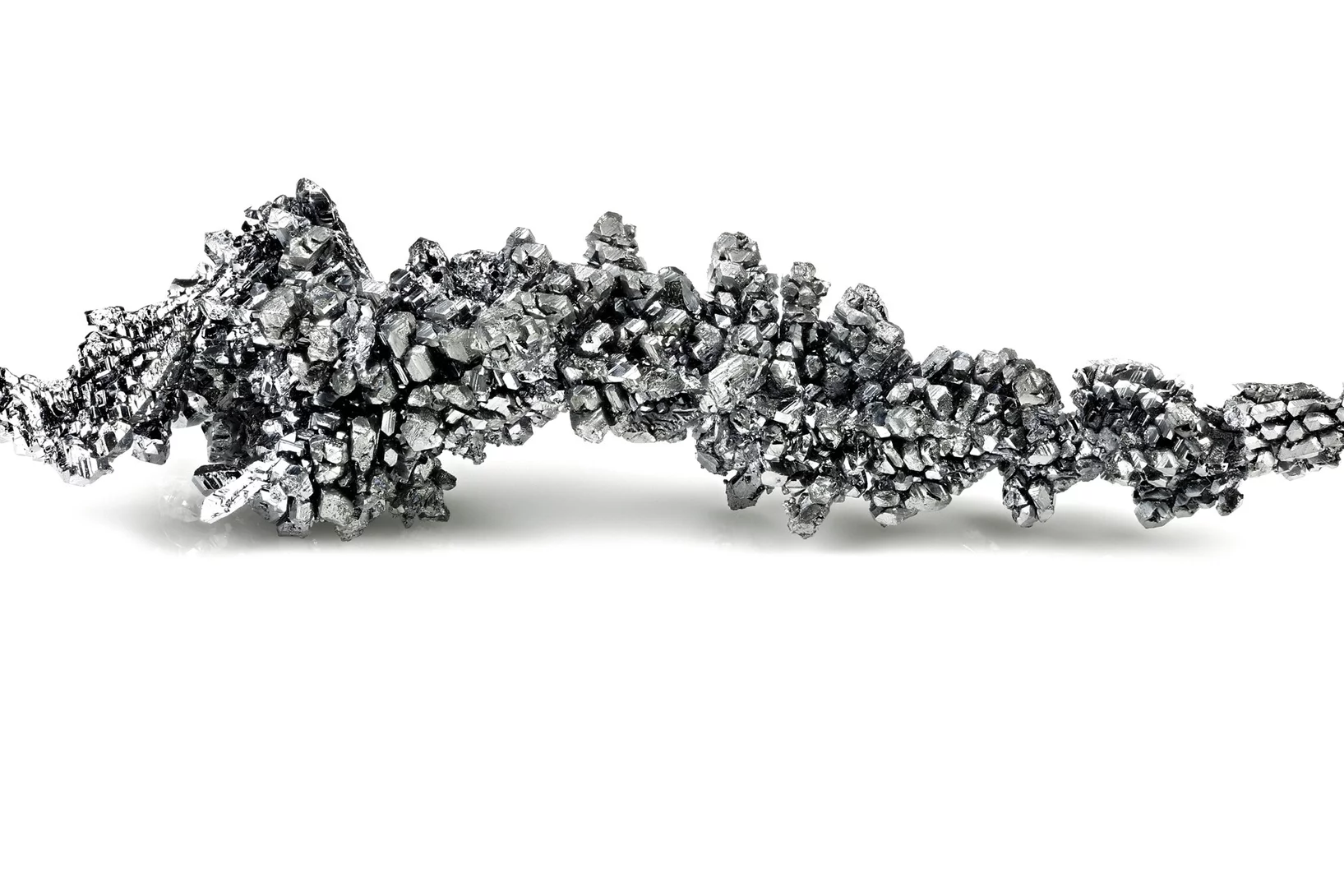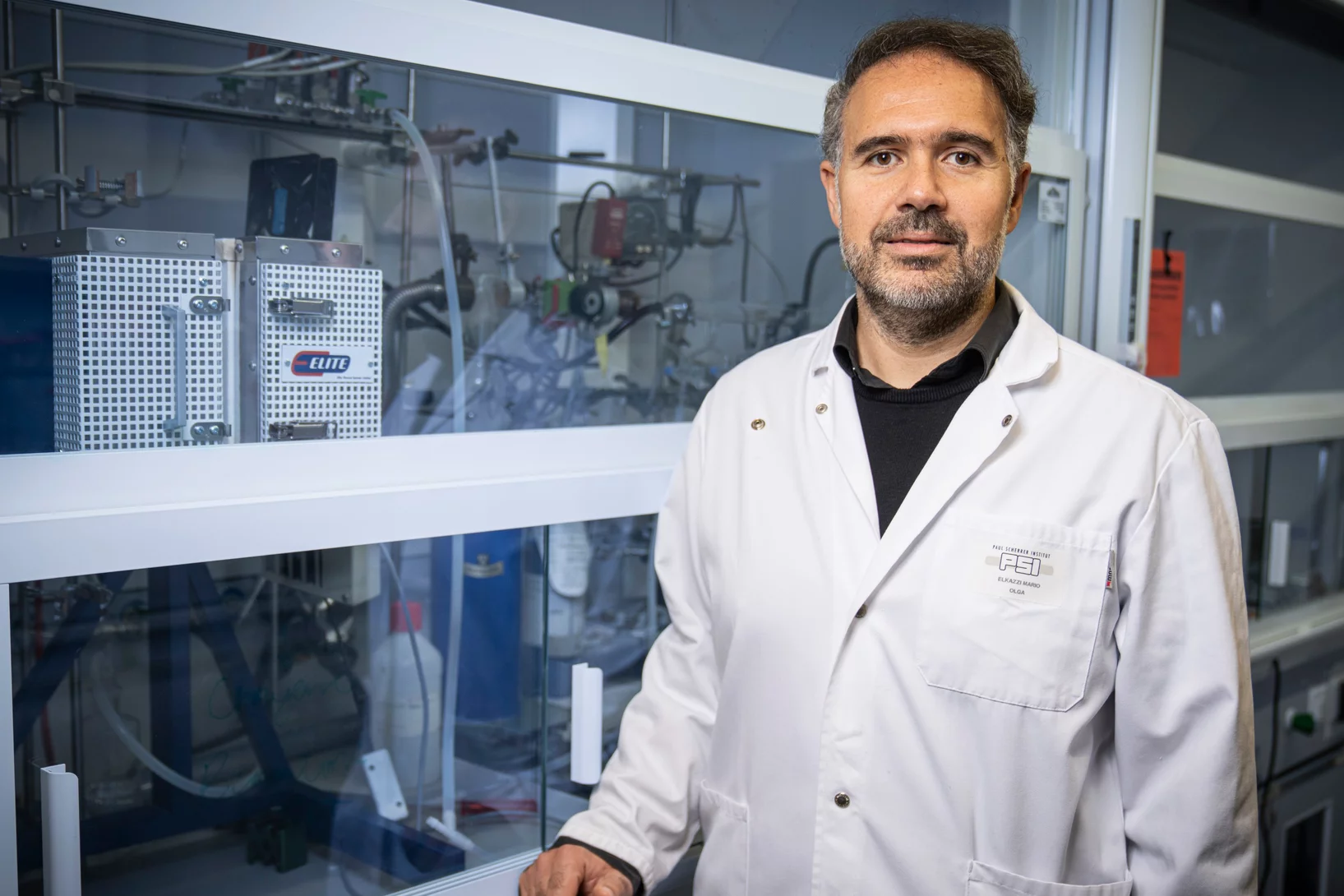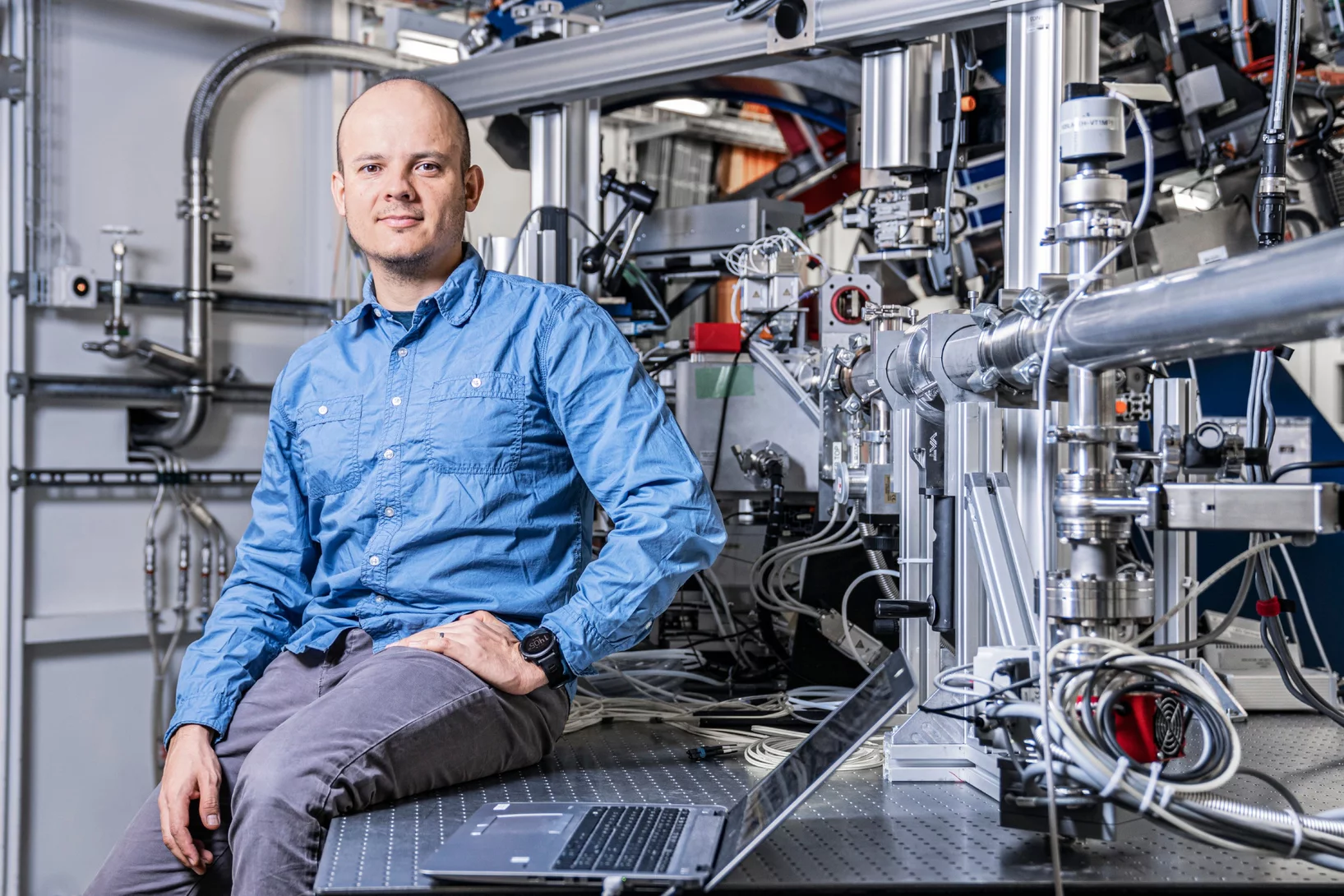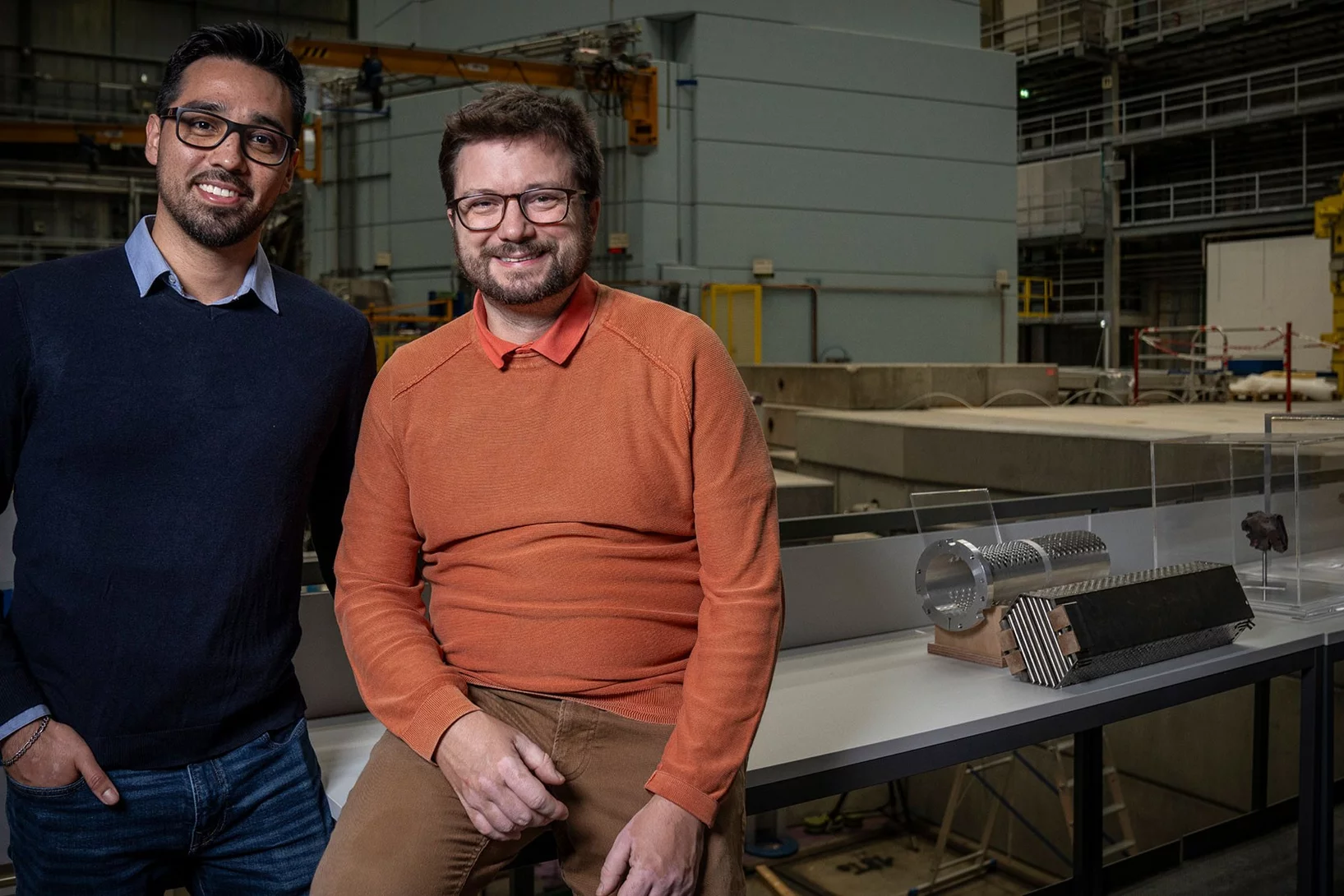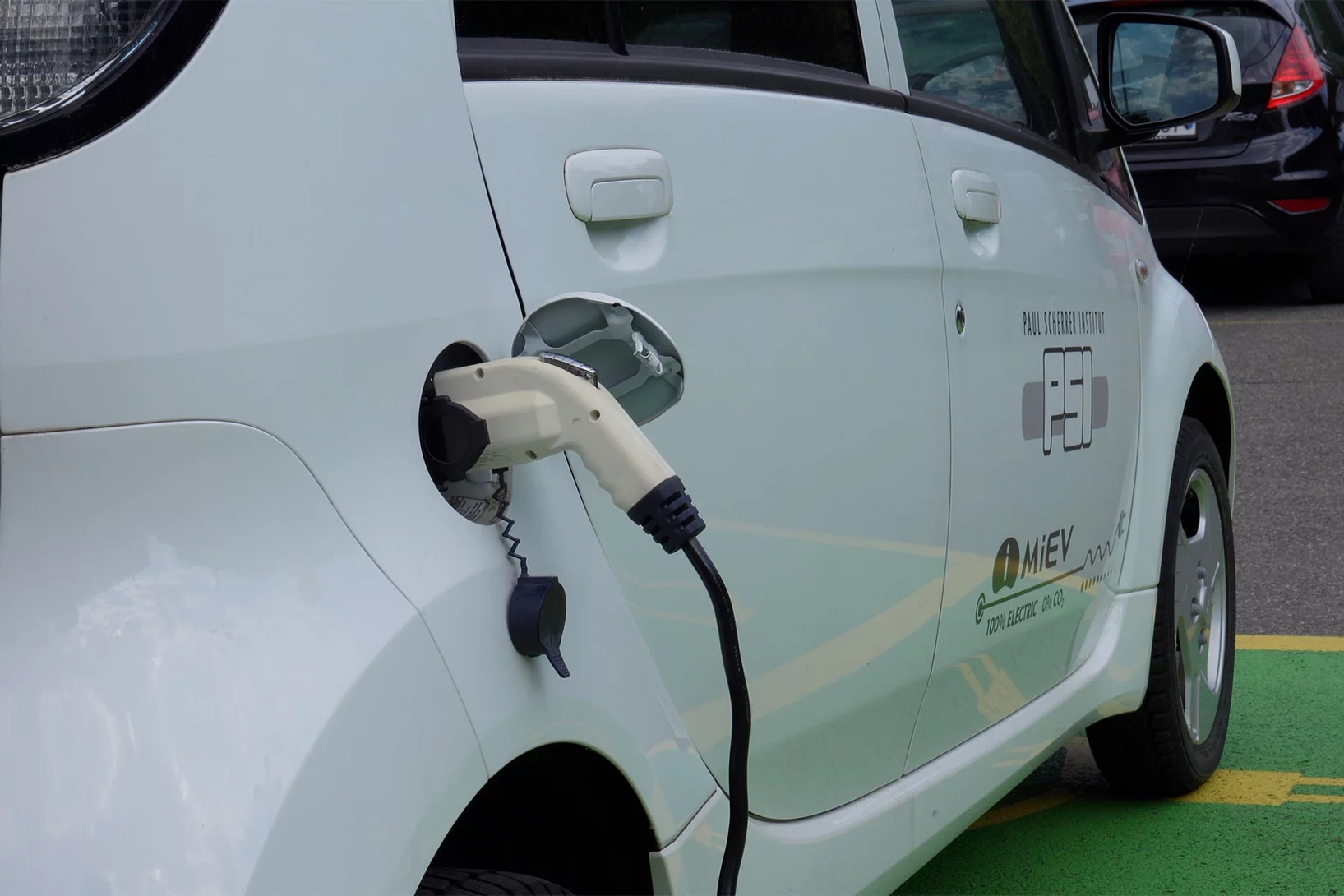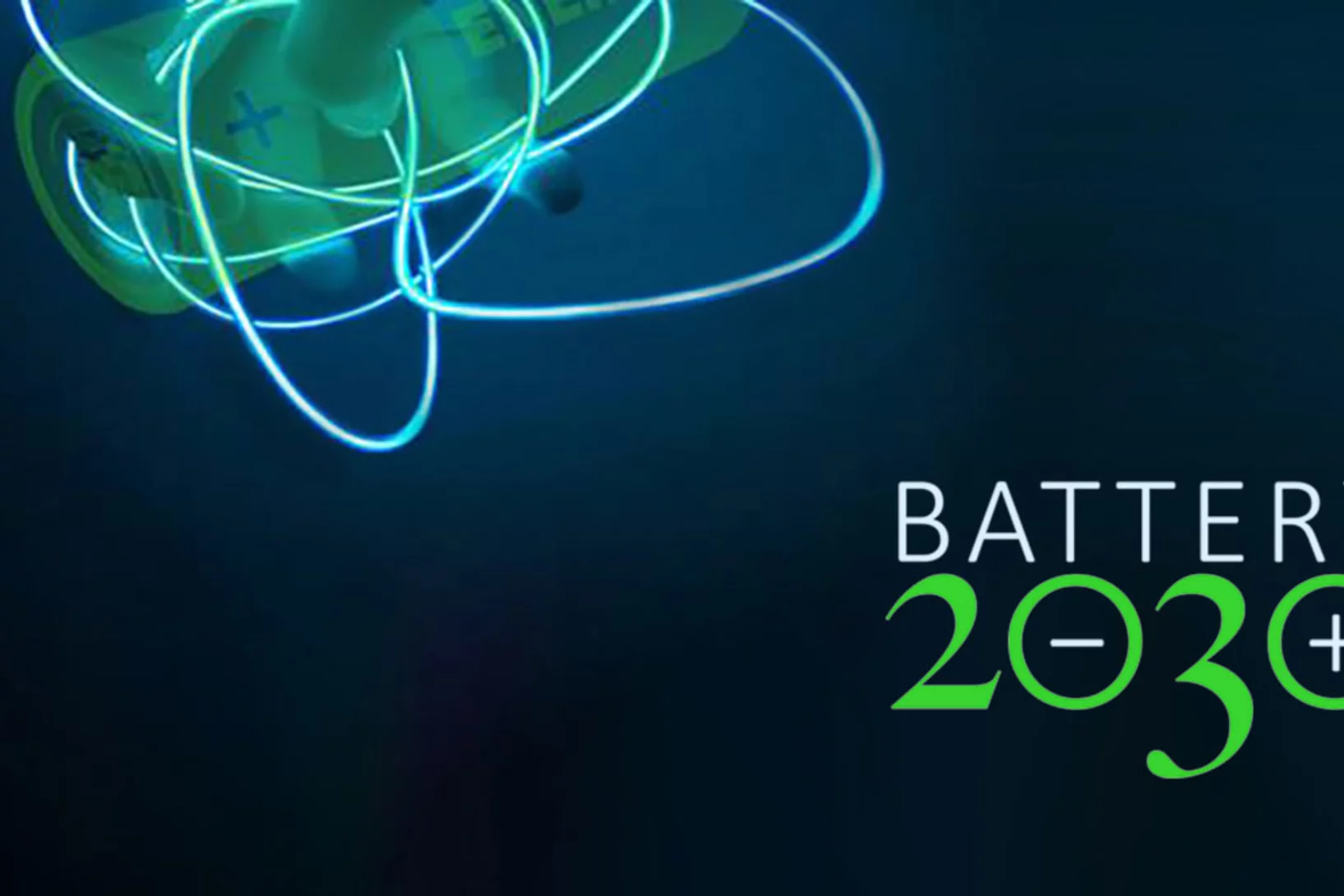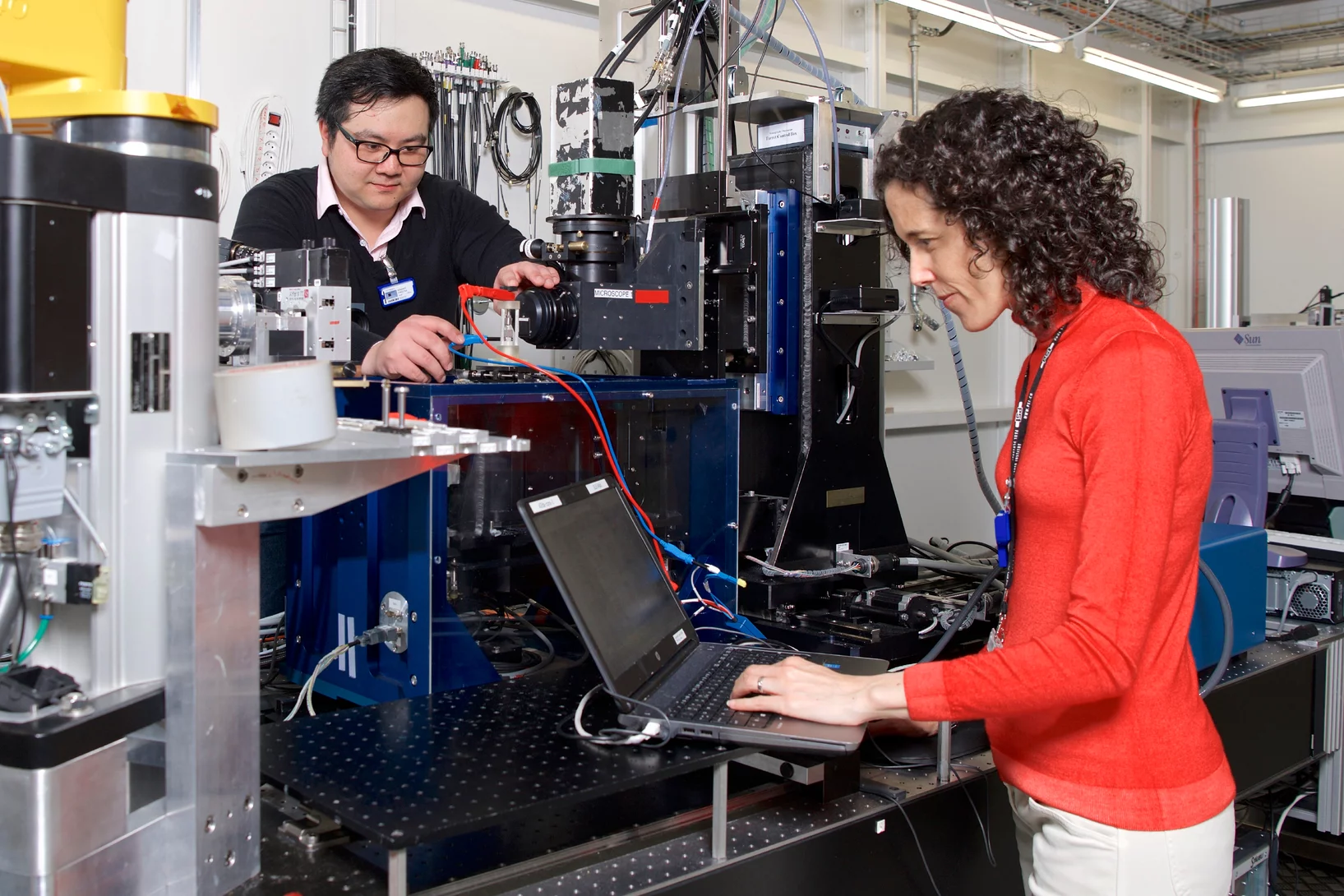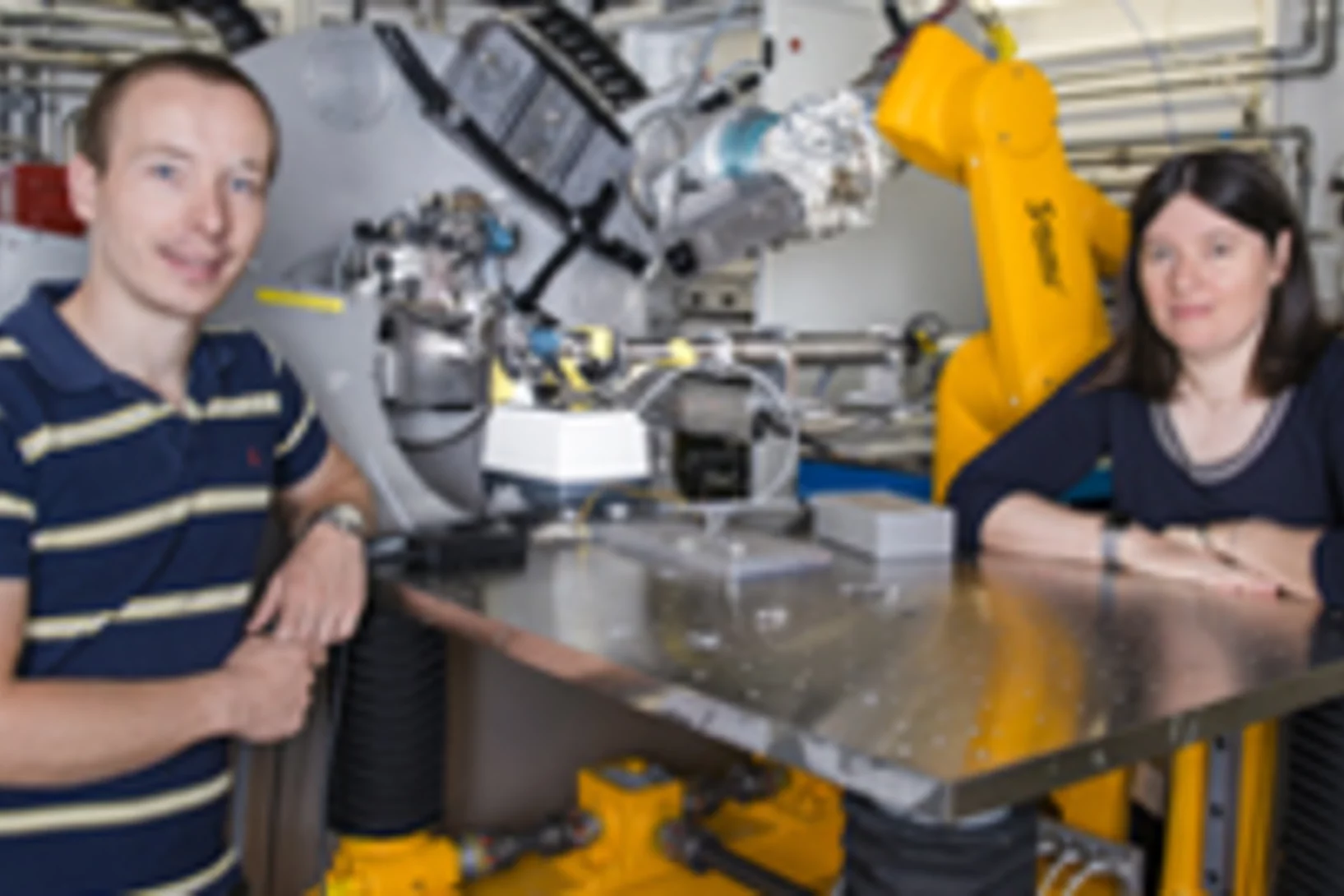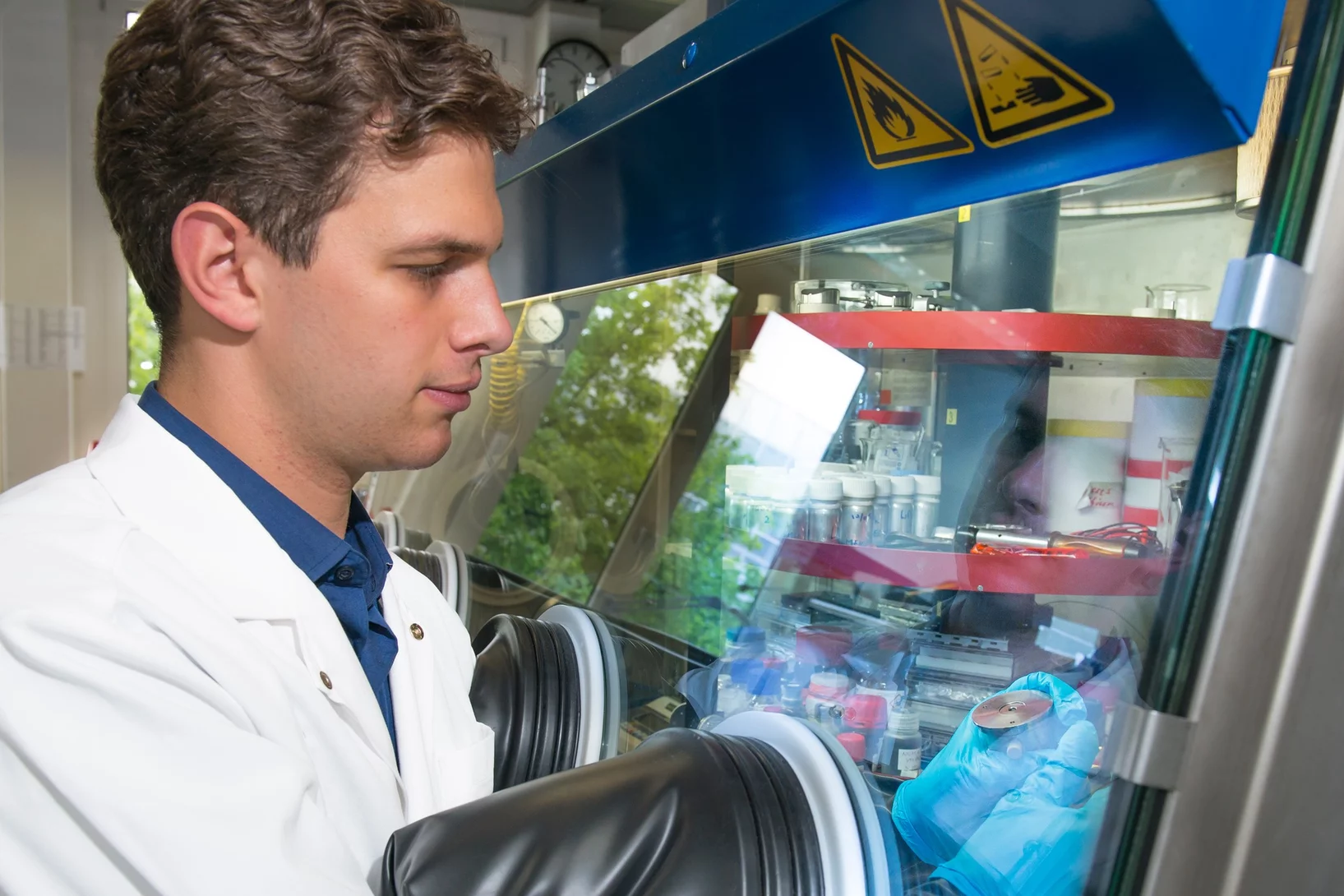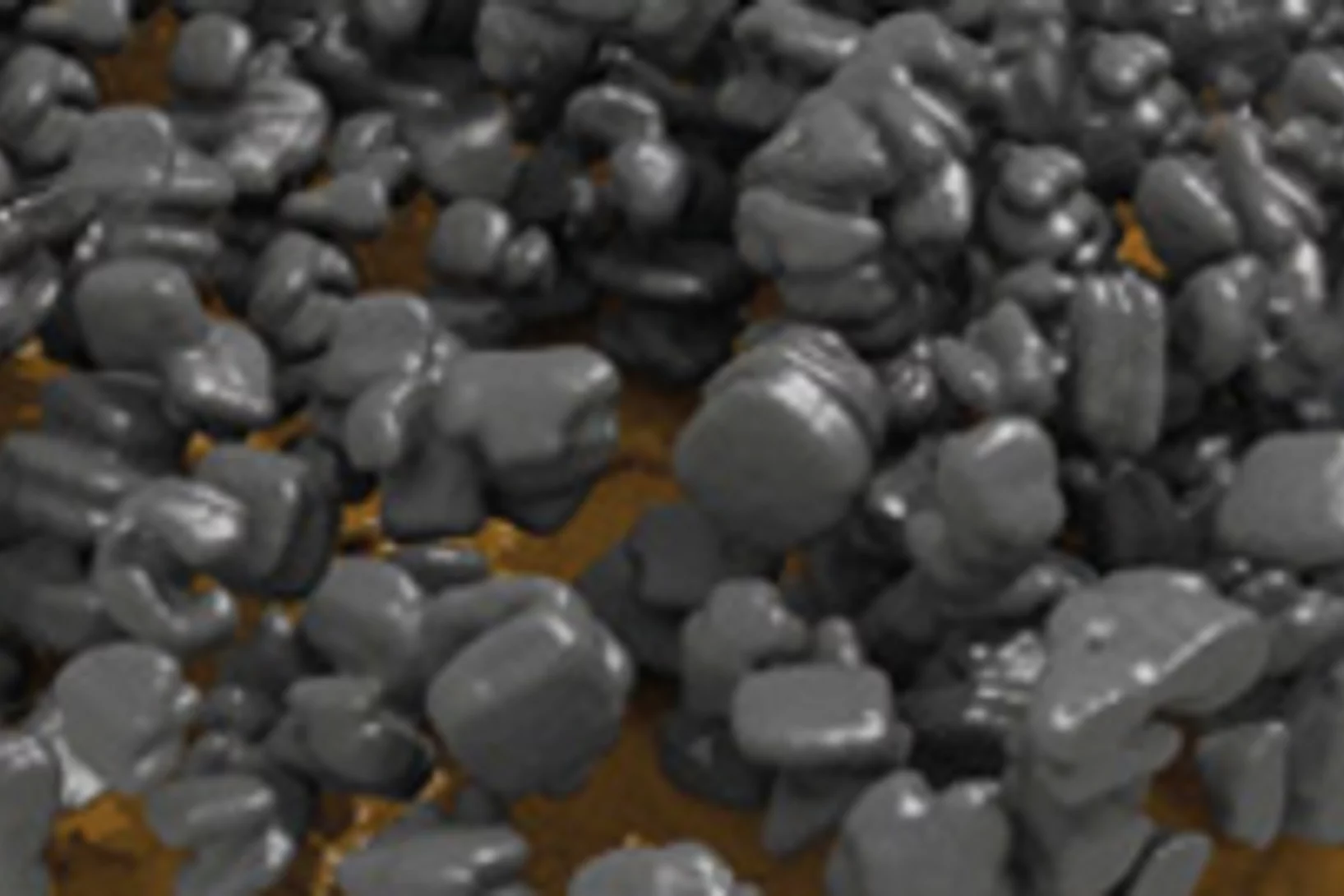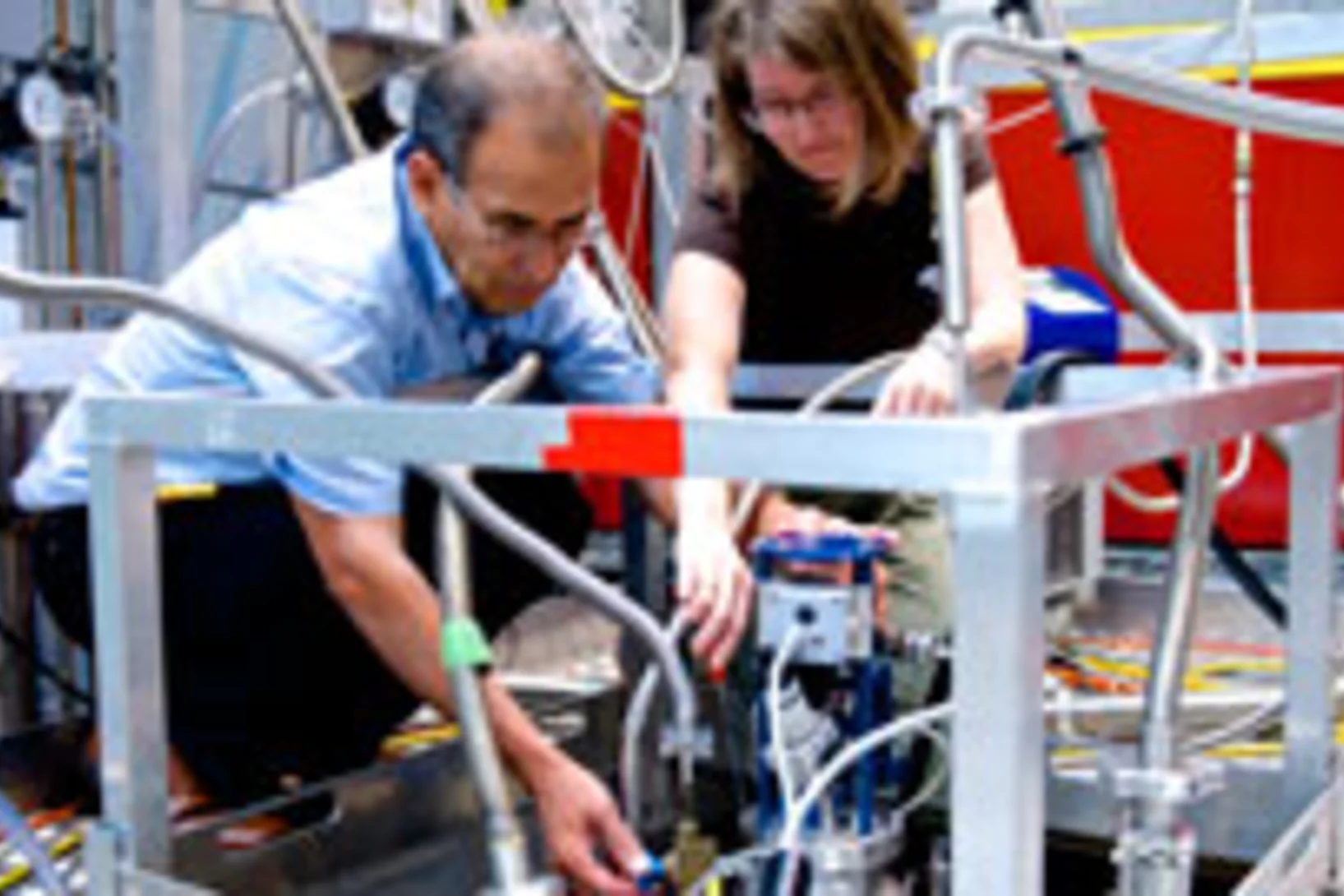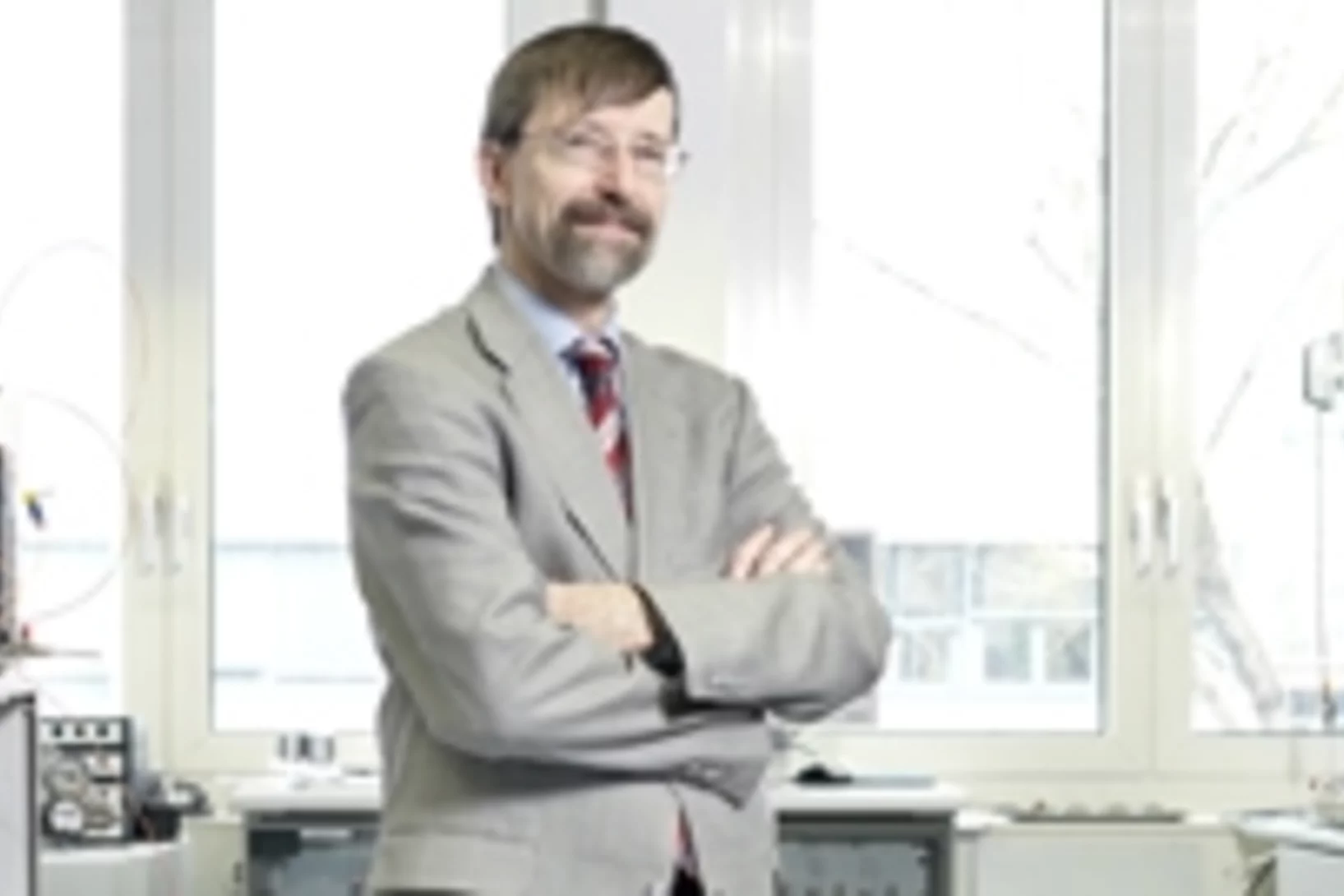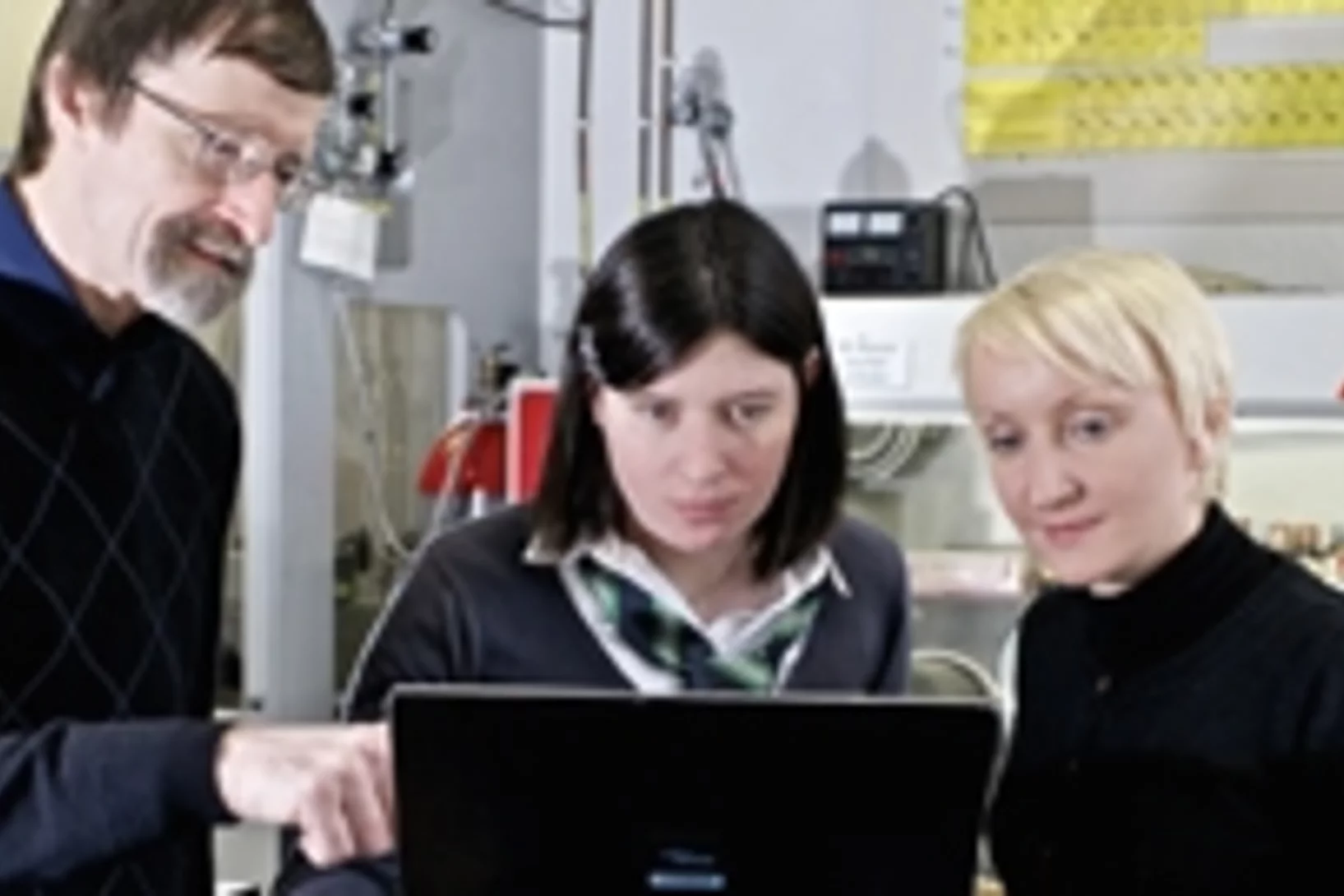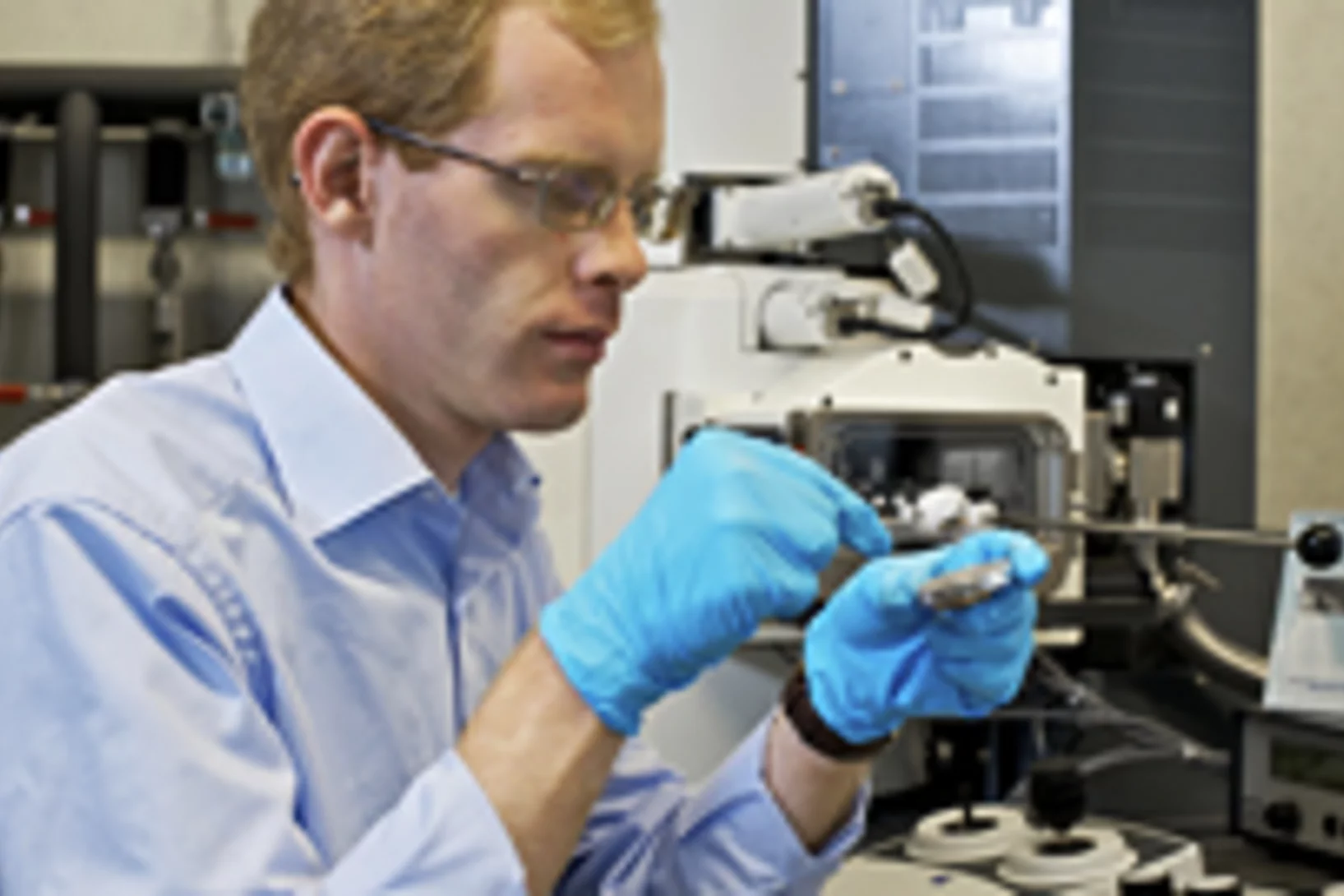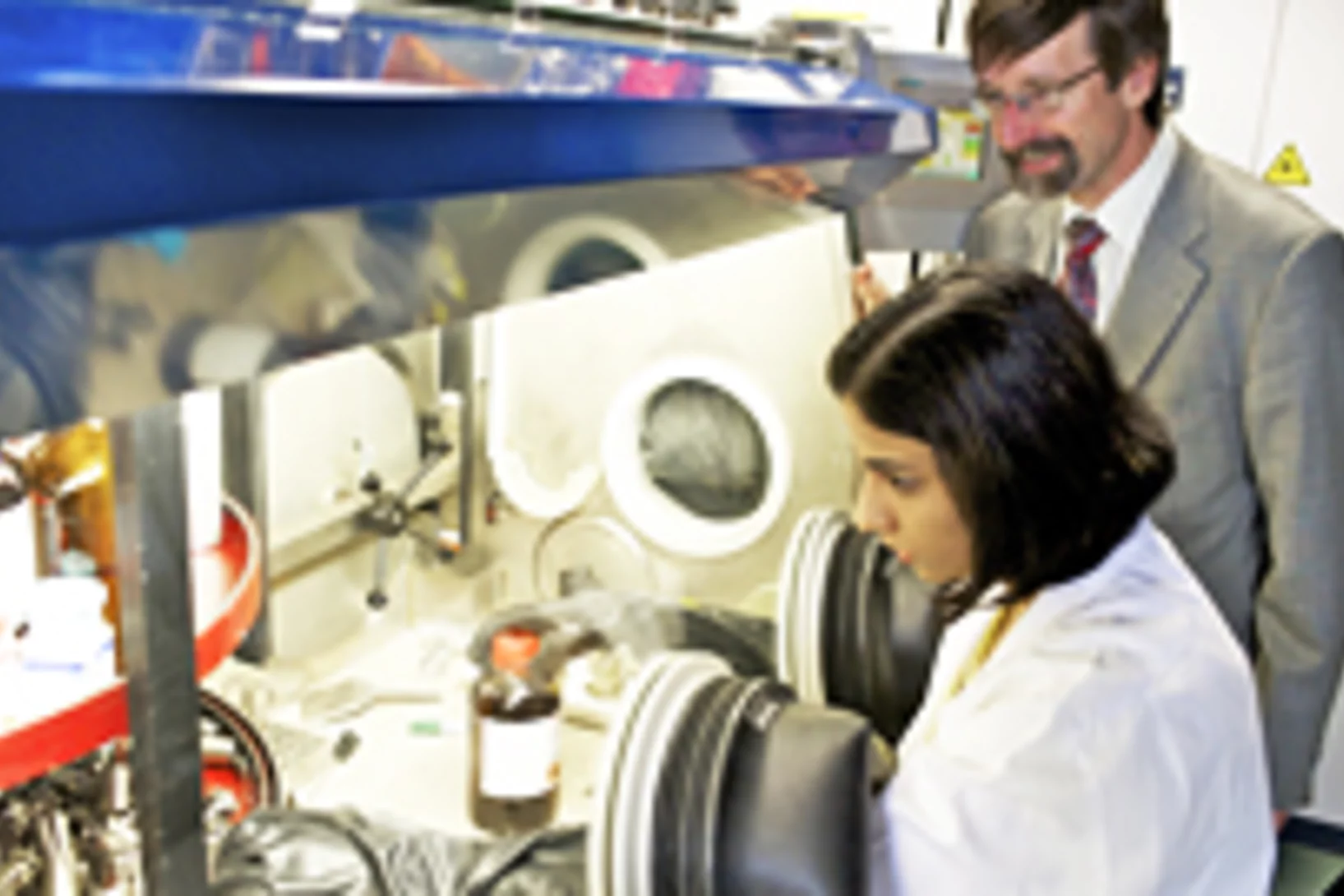Show filters
Data for a better vanadium flow
Scientists at PSI have developed a dynamic database on the global vanadium economy. This is meant to advance the use of special energy storage systems – and thus the energy transition.
Sarbajit Banerjee wins Royal Society of Chemistry’s Centenary Prize
ETH Zürich and the Paul Scherrer Institut PSI scientist Professor Sarbajit Banerjee has been named winner of the Royal Society of Chemistry’s Centenary Prize in recognition of brilliance in research and innovation.
New protective coating can improve battery performance
Increasing the energy density of lithium-ion batteries – a sustainable method for cathode surface coating developed at PSI makes it possible.
iLab and Synfuels at the Energy Days! at the Swiss Museum of Transport
October 18, 19, and 20, 2024
The iLab from the Paul Scherrer Institute will be part of the Energy Days with exciting workshops. Discover how we can store renewable energy using innovative technologies like Power-to-Gas and drive the energy transition forward.
Making powerful lithium-air batteries suitable for everyday use
Chemical processes in lithium-air batteries revealed using neutron beams and synchrotron light.
Better batteries for electric cars
PSI researchers make physical and chemical changes in batteries visible.
How can cobalt be reduced in EV batteries?
The electrification of transport is increasing. This means, more batteries are needed. However, some of these batteries contain an extremely problematic raw material: cobalt. PSI is researching alternatives.
BATTERY 2030+ – large-scale European initiative for battery research starts up
Future batteries need to store more energy, have longer life, and be safer and more environmentally friendly than today's batteries. The European initiative BATTERY 2030+, in which PSI is participating, is intended to help achieve these goals.
Observing solid-state batteries during deformation
PSI researchers have observed mechanical processes in solid-state batteries with unprecedented precision. Using X-ray tomography at the Swiss Light Source SLS, they discovered how fissures inside the batteries propagate. These insights can help to make batteries for electric cars or smartphones safer and more efficient.
The key to charging a lithium-ion battery rapidly
Lithium iron phosphate batteries are very durable and can be charged relatively quickly. Researchers from the Paul Scherrer Institute (PSI), ETH Zurich and Japanese car manufacturer Toyota reveal the reasons for these properties in a new study. The findings were made possible thanks to measurements using a new method at the Swiss Light Source (SLS) at PSI.
From amateur firework-maker to battery researcher
Portrait of PSI doctoral student Patrick Lanz
Patrick Lanz already discovered a fascination with the world of science and technology during his school days. As an electrical engineer, his father had a decent selection of electronics sets for him to tinker with. However, the young Patrick did not merely content himself with remote-controlled cars. He set about systematically disassembling his toys in a quest to find out how they worked. Later, Lanz also began opening small batteries because he wanted to understand “what went on inside” – probably the first step on the path to his present role as a battery researcher.
Why lithium-ion-batteries fail
Materials in lithium ion battery electrodes expand and contract during charge and discharge. These volume changes drive particle fracture, which shortens battery lifetime. A group of ETH and PSI scientists have quantified this effect for the first time using high-resolution 3D movies recorded using x-ray tomography at the Swiss Light Source.
Towards sodium ion batteries – understanding sodium dynamics on a microscopic level
Understanding sodium dynamics on a microscopic levelLithium ion batteries are highly efficient, But there are drawbacks to the use of lithium: it is expensive and its extraction rather harmful to the environment. One possible alternative might be to substitute lithium with sodium. To be able to develop sodium-based batteries, it is crucial to understand how sodium ions move in the relevant materials. Now, for the first time, scientists at the Paul Scherrer Institute PSI have determined the paths along which sodium ions move in a prospective battery material. With these results, one can now start to think of new and specific ways to manipulate the materials through slight changes to their structure or composition, for example à and thereby achieve the optimized material properties necessary for use in future batteries.
Memory effect now also found in lithium-ion batteries
Lithium-ion batteries are high performance energy storage devices used in many commercial electronic appliances. Certainly, they can store a large amount of energy in a relatively small volume. They have also previously been widely believed to exhibit no memory effect. That’s how experts call a deviation in the working voltage of the battery, caused by incomplete charging or discharging, that can lead to only part of the stored energy being available and an inability to determine the charge level of the battery reliably. Scientists at the Paul Scherrer Institute PSI, together with colleagues from the Toyota Research Laboratories in Japan have now however discovered that a widely-used type of lithium-ion battery has a memory effect. This discovery is of particularly high relevance for advances towards using lithium-ion batteries in the electric vehicle market. The work was published today in the scientific journal Nature Materials.
A new generation of lithium batteries is approaching industrial implementation
Lithium-ion batteries are one of today's best technologies for storing electrochemical energy. They have a high energy density and specific energy and a sufficiently long lifetime to allow them to be used in microelectronic devices and cars. The commercial rise of Li-ion batteries in the last two decades is impressive. However, further improvements are possible and this is a field in which researchers at the Paul Scherrer Institute (PSI) are working. Nevertheless, the potential of the Li-ion battery is limited chemically and it will only be possible to achieve an even higher energy density, which is crucial for electric mobility in particular, by using other new types of batteries.
Die Batterie der Zukunft hält länger
Der «swisselectric research award 2010» geht an den Chemiker Andreas Hintennach vom Paul Scherrer Institut. Dank seiner Forschung könnten Lithiumionen-Batterien in Zukunft deutlich langlebiger werden. Das Speichern von Strom wird somit umweltfreundlicher und kostengünstiger.This news release is only available in German.
Gemeinsam forschen für bessere Batterien
Die Speicherung von elektrischer Energie ist eine der zentralen Fragen der Energiezukunft. Neue Batterietypen zu entwickeln, die mehr Energie speichern können als die heute verfügbaren, ist das Ziel eines Forschungsnetzwerks, das der weltweit grösste Chemiekonzern BASF gemeinsam mit dem Paul Scherrer Institut PSI und Forschungseinrichtungen aus Deutschland und Israel gegründet hat.This news release is only available in German.

